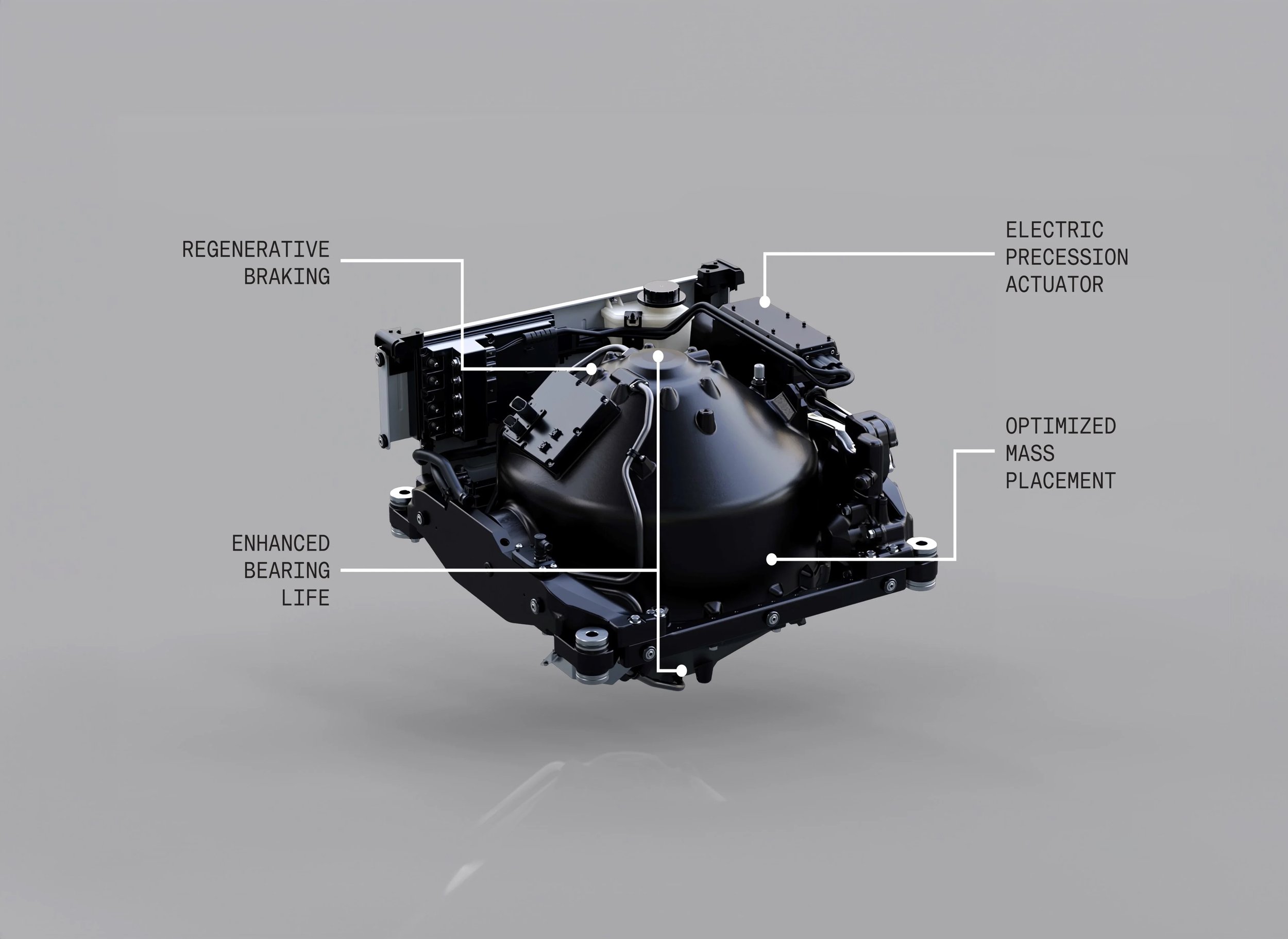Dometic’s New DG3 Gyro & Comparing To Seakeeper 3
WRITER’S NOTE: The first version of this article incorrectly stated the DG3 uses “all-electric cooling”. This was a term found in their materials, but it did not match with the inclusion of a heat exchanger. We reached out to Dometic to better understand the system, and learned the system does use raw water as a cooling agent, in addition to fans. The article has since been corrected.
Dometic Launched an Energy Efficient Gyro That’s Shaking Up the Market.
If there is an internet for gyroscope nerds, Dometic broke it last week when they introduced the DG3, a gyro spooling 3x faster, able to accept all forms of electricity and without a full reliability on sea-water cooling. Dometic’s DG3 serves boats from 35-41 ft, similar to the range of the Seakeeper 3 (30-39ft), so let’s compare the two and see which is right for you.
How Does it Compare?
Spin-Up Time and Performance
The primary selling points of the DG3 is its spool time (time it takes to get to full RPM and reach its maximum effectiveness). The Dometic DG3 brags about spooling up in just 16.5 minutes, night and day compared to the Seakeeper 3, taking all of 50 minutes. I sense there will be some industry arguments about these numbers once the DG3 gets into the field, but that’s for another day. Dometic claims to achieve such spool speeds via a new bearing design, a high-performance brushless DC motor and a more efficient mass placement, which allows full speed spooling with 40% less energy.
Cooling Systems
I am acutely obsessed with how gyroscopes cool themselves, so I paid close attention to how Dometic marketed this launch. Initial messaging flaunted an “all-electric cooling system” with a titanium heat exchanger, which had me giddy. Were they using freon? Hydrogen? Nah, just a combination of fans and raw water. The “all-electric” claim seems to be a marketing error. After learning of the blunder, I called Dometic myself to hear the truth from the horses mouth.
Although the DG3 is connected to raw water, it pulls only as needed. Needing less water means you may be able to plumb your DG3 to an existing raw water loop—say an air conditioner—and save the cost of poking through a brand new through hull. The energy efficient platform cools with fans until high seas demand more effort from the gyro, at which point the water pump powers on and circulates the titanium circuit with sea water. I asked if—on smaller boats—the system could be installed without the raw water loop and depend wholly on the electric fans. Steve—the helpful tech—said once this could be sorted out once they get enough product into the field for testing.
By comparison, the Seakeeper 3 uses a conventional seawater cooling system. Expensive to install, but the most powerful cooling option.
FOR AN ARTICLE ON THE TYPES OF GYROSCOPES: Read this blog about the differences between air-cooled and water-cooled systems.
Power Requirements
The power situation is another place where these two differ. The Dometic DG3 is flexible with its power needs, working with 12V, 24V, or 48V DC systems. The Seakeeper 3 sticks to 12V DC. At this size vessel, its not so limiting, but its objectively nicer to have the bandwidth to deal with three power styles.
Installation and Maintenance
Thanks to its moderate need for raw water, the Dometic DG3 could be slightly less intense to install, considering you may be able to pull water from an existing raw water circuit and not poke a new through hull. That said, its best practice to give your gyro as much cooling as it can get, especially if you do a lot of open ocean cruising. The more it works, the more it needs to be cooled, and the more maintenance it will need in the long run.
The Seakeeper 3, being exclusively water-cooled, can be considered a similar installation and maintenance process, although it sounds like the DG3 parts will wear better, in theory.
Price Point: DG3 vs. Seakeeper 3
The DG3 is a bit more expensive upfront, with an MSRP at $43,999, while the Seakeeper 3 MSRP is $39,300. Both share nearly the same measurements too (~27in x 27in x 23in), so installation costs should be similar.
Final Thoughts: DG3 vs. The Rest
The DG3 is a revolution in spool time, but since it only serves boats 35-41 feet, Dometic’s impact on market share will be minimal until their gyro range expands. I assume Dometic will be extending their range to include gyros at various sizes. Until then, Seakeeper and Quick will own the rest of the market, but at 35-41 feet, I think the general consumer will side with a system that spools 3x faster, uses less energy, and requires less maintenance. Let’s not forget though, this is all hearsay until we see the DG3 in the real world.
About the Author
Reed Nicol is a licensed yacht broker with experience in all corners of the marine industry. He’s worked as an executive and sales director in yacht manufacturing and distribution, has structured commercial charter operations, and designed and executed notable refits. Read more about Reed’s marine journey, his love of helping 1st time boaters and his entrepreneurial spirit here.
Reed Nicol [Licensed FL Yacht Broker #11926]
Get Started with Reed


